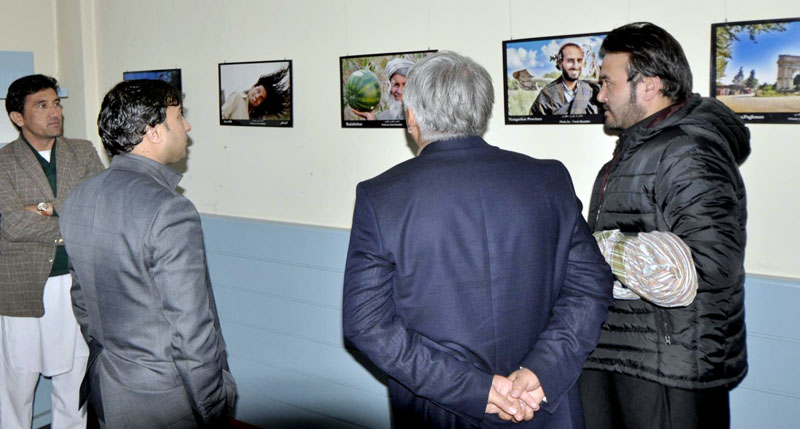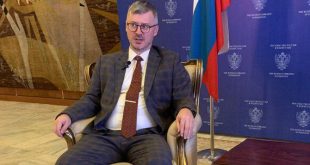KABUL: A photo exhibition titled ‘Smile of Hope’ was held in Kabul, displaying different aspects of children’s life. The exhibition is aimed to give the children hope for a better future.
The exhibition was organized by the famous Afghan photojournalist Feroz Muzafari. He displayed his art work to make the moral of children and teenagers strong toward their future and strengthen their hope for a better future. At least 50 photos were put on display for the visitors. The photos indicate aesthetic of nature and smile of children. The exhibition was organized in media partnership with Afghanistan Times, Afghan Wireless, Shamama Gallery, Kosha Media and Jamea Baz. The exhibition would continue till March 5 at Shamama Gallery in Kabul.
Feroz said: “Afghanistan is a postwar country where people suffered a lot from the over three decades of war, destruction and migrations. Afghans are tired of wars and destruction. I would like to make the kids and youngsters of the country hopeful toward a bright future through holding such exhibitions.”
He told Afghanistan Times that the country is projected as war-devastated in media but no one has tried to see its beauty. Feroz, who is working as photojournalist for the past 15 years, added that his photos convey message of peace and bring smile on faces of people.
Photography is an art and a branch of journalism. Through this art photographers reveal facts and highlight social issues. This field has not become much popular in the country. Feroz was hoping that hundreds of people especially youth would visit the exhibition center, but very few took interest.
When asked about problems faced by photographers, he termed insecurity and outdated social norms as key challenges that hamper professional activities of photojournalists.
“When I try to catch an important issue through my camera’s lens, people do not allow me—most of the time. Perfect scene with great message is often missed. Due to the prevailing insecurity photojournalists cannot go to some provinces,” he pointed out the problems that he faces on daily basis during fieldwork.
He asked public to allow photojournalists to capture events and scenes as it becomes part of history and present real picture to the people with no knowledge of the ground realities.
 Afghanistan Times
Afghanistan Times




